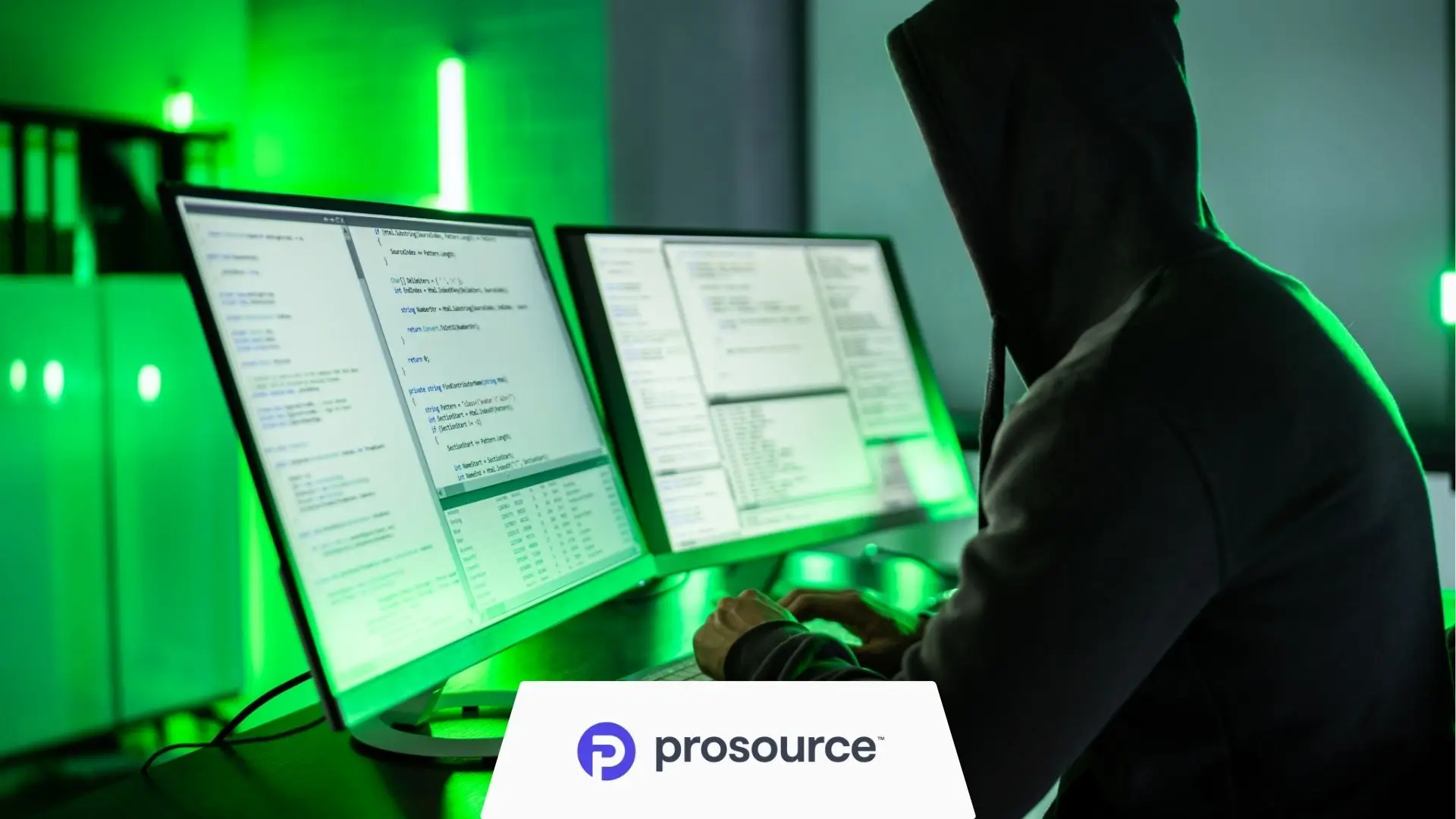Data that’s left unprotected is an open invitation to hackers and social engineering scammers.
Data that’s left unprotected is an open invitation to hackers and social engineering scammers. But despite the fear-mongering, cybersecurity doesn’t have to be as complicated or expensive as you might think. When formulating or revising your information security strategy, the first step you need to take is to evaluate current attack surfaces and determine the level of risk facing your organization. Here are five crucial things to look out for:

1. You’re fully reliant on passwords
Passwords have always played a central role in protecting digital data and online accounts. While that’s not likely to change anytime soon, over-reliance on passwords results in having a single point of failure that can easily be exploited by phishing scams and other attacks. The problem with passwords is that they can be too weak, easily forgotten, or stolen by scammers. By adding an extra verification step, particularly for new users and devices, you can increase account security exponentially. Multi-Factor Authentication (MFA) goes beyond passwords to add extra verification methods like fingerprint scanning, facial recognition, or SMS verification.
2. You’re not encrypting data in transit
The law requires organizations to encrypt sensitive data, such as personally identifiable information, patient health records, and payment card information, but it’s wise to encrypt everything to be on the safe side. To protect devices connecting from outside your corporate network, you should also use an enterprise-grade VPN, since these encrypt all traffic by default.
3. You’re not using data loss prevention
Businesses are using a variety of third-party platforms to better connect with their customers and collaborate more effectively with remote workers. Unfortunately, a lot of these platforms do not provide adequate security and privacy. That’s why all data leaving your organization needs to be vetted before it has any chance of getting out in the open. This is especially important with platforms like social media, instant messengers, and collaboration apps. What you need is a data loss prevention (DLP) system to prevent people from sending sensitive information over any unsecured or blacklisted channel.
4. You’re not updating your software
All software and hardware come with a limited support lifespan, beyond which manufacturers or developers will no longer release critical security updates for it. For example, Windows users are typically supported for around five years until they have to upgrade to a newer edition to continue receiving updates.
Since outdated systems are often highly vulnerable, you should retire them immediately or at least keep them disconnected from your network and make sure they stay offline. You can streamline updates across complex computing environments by implementing a patch-management solution.
5. You’re not monitoring mobile devices
The portable nature of mobile devices puts them at a much greater risk of loss or theft, but often far worse than losing the device itself is having an unauthorized party gain access to the data on it. As such, the use of employee- or business-owned mobile devices for work greatly increases the attack surface.
To mitigate the risks, you need a robust mobile device management (MDM) solution. So if you’re letting your employees use their own devices for work, you’ll also need to implement a bring your own device (BYOD) policy. Moreover, administrators should be able to revoke access rights from and remotely wipe any devices reported lost or stolen. Better still, have your remote workers use cloud-hosted apps and storage, so that they don’t have to store any potentially sensitive data on the device itself.




